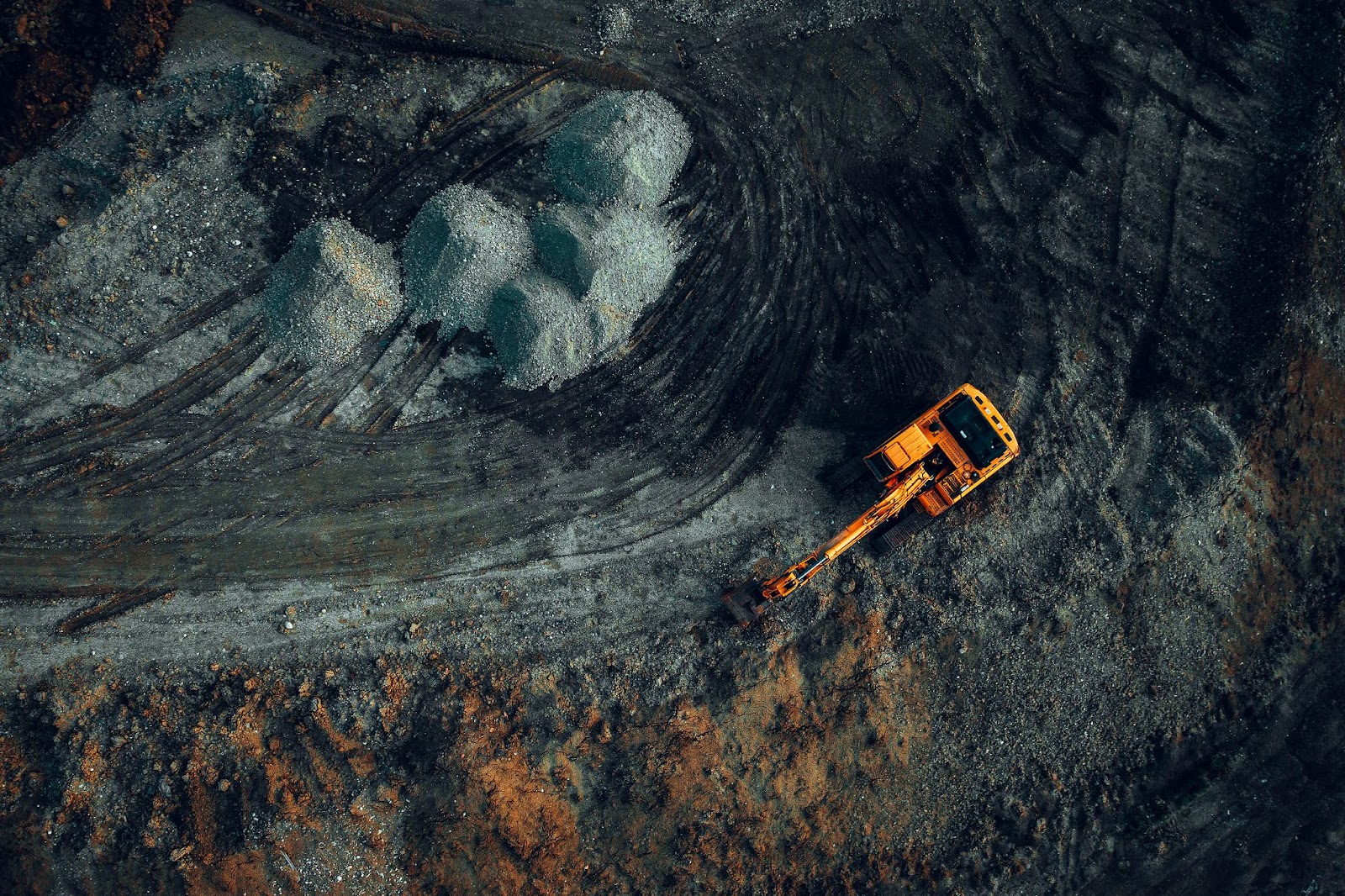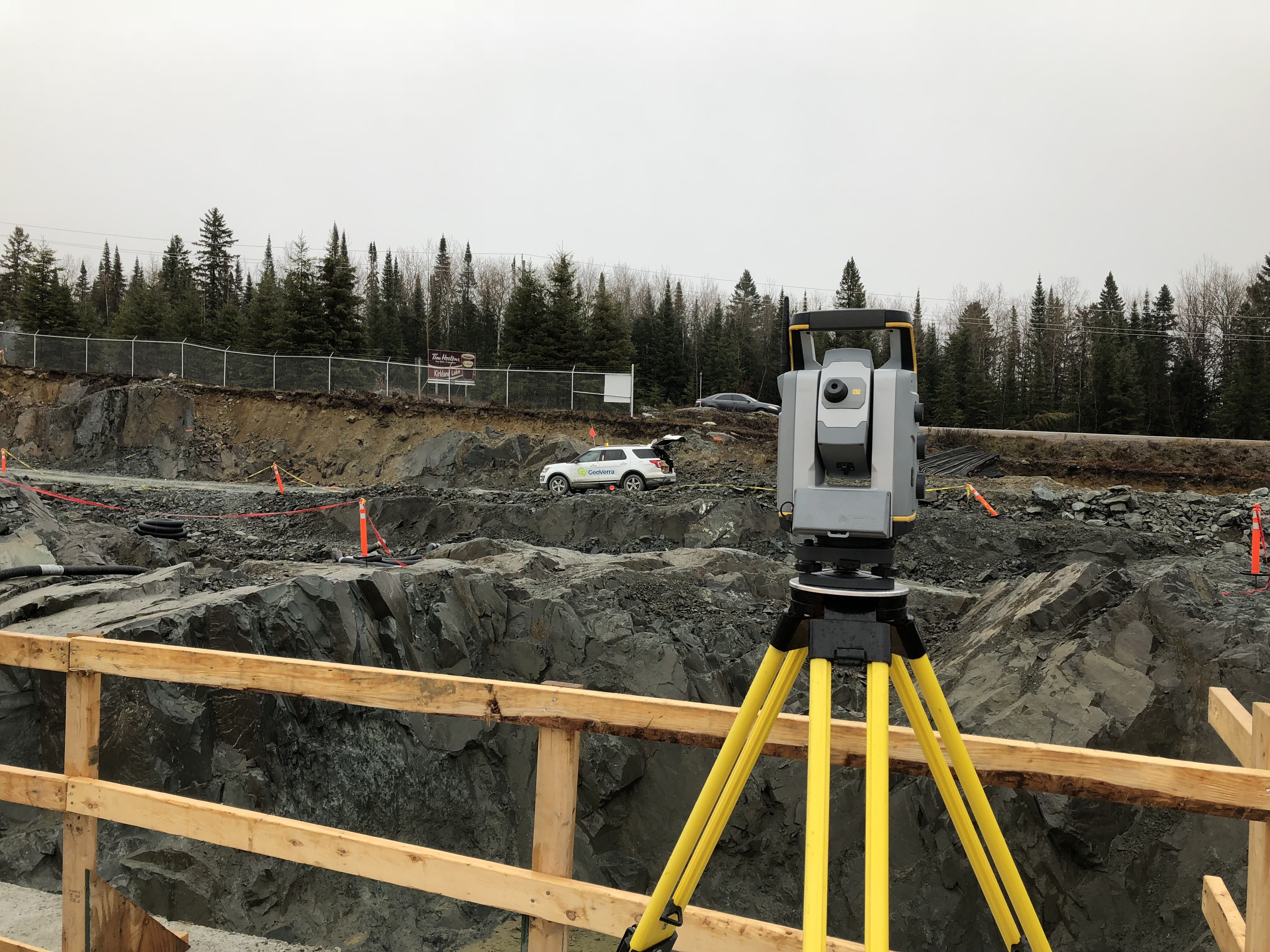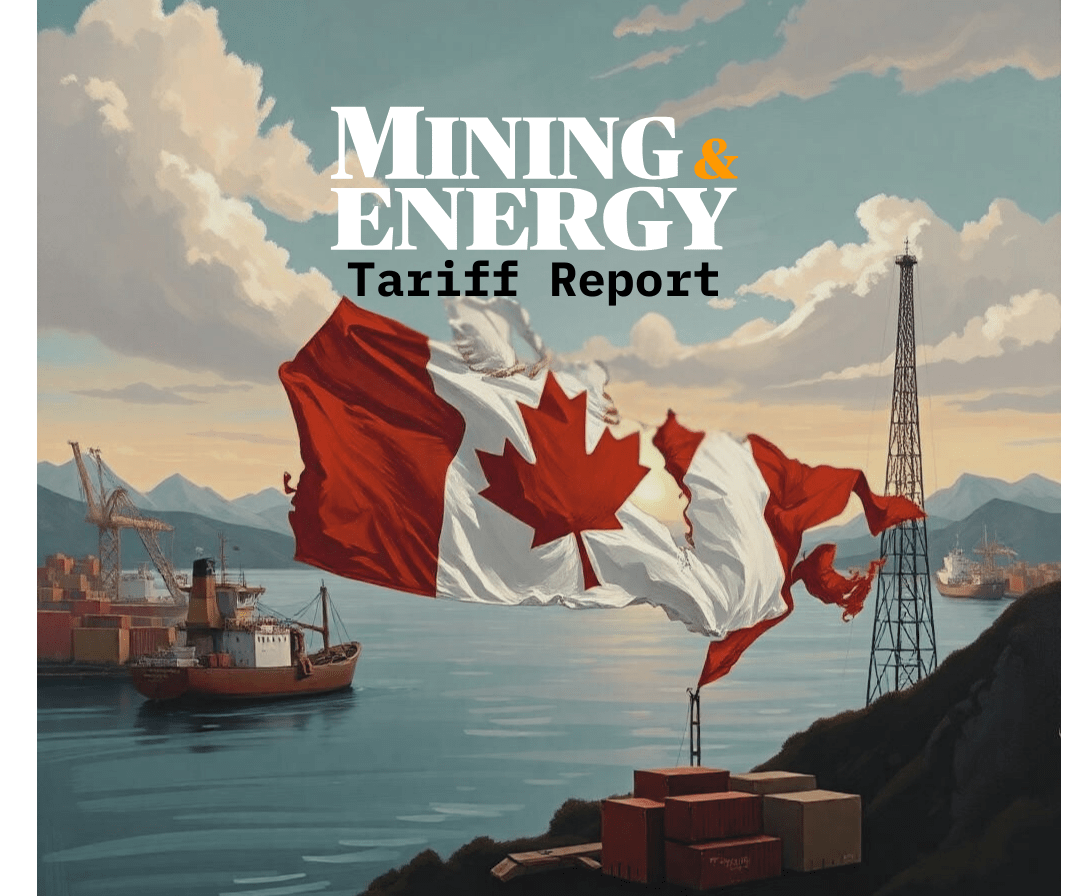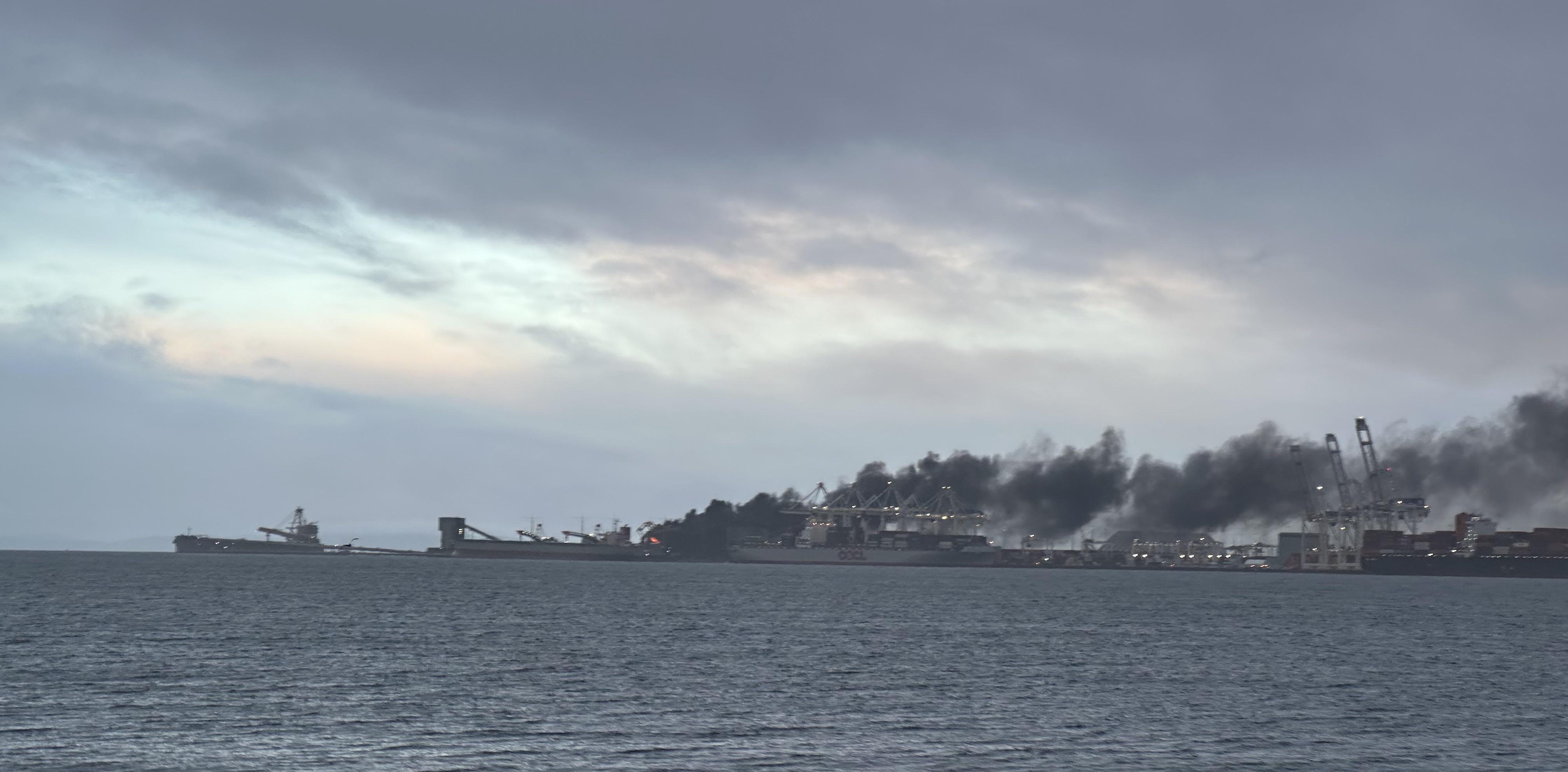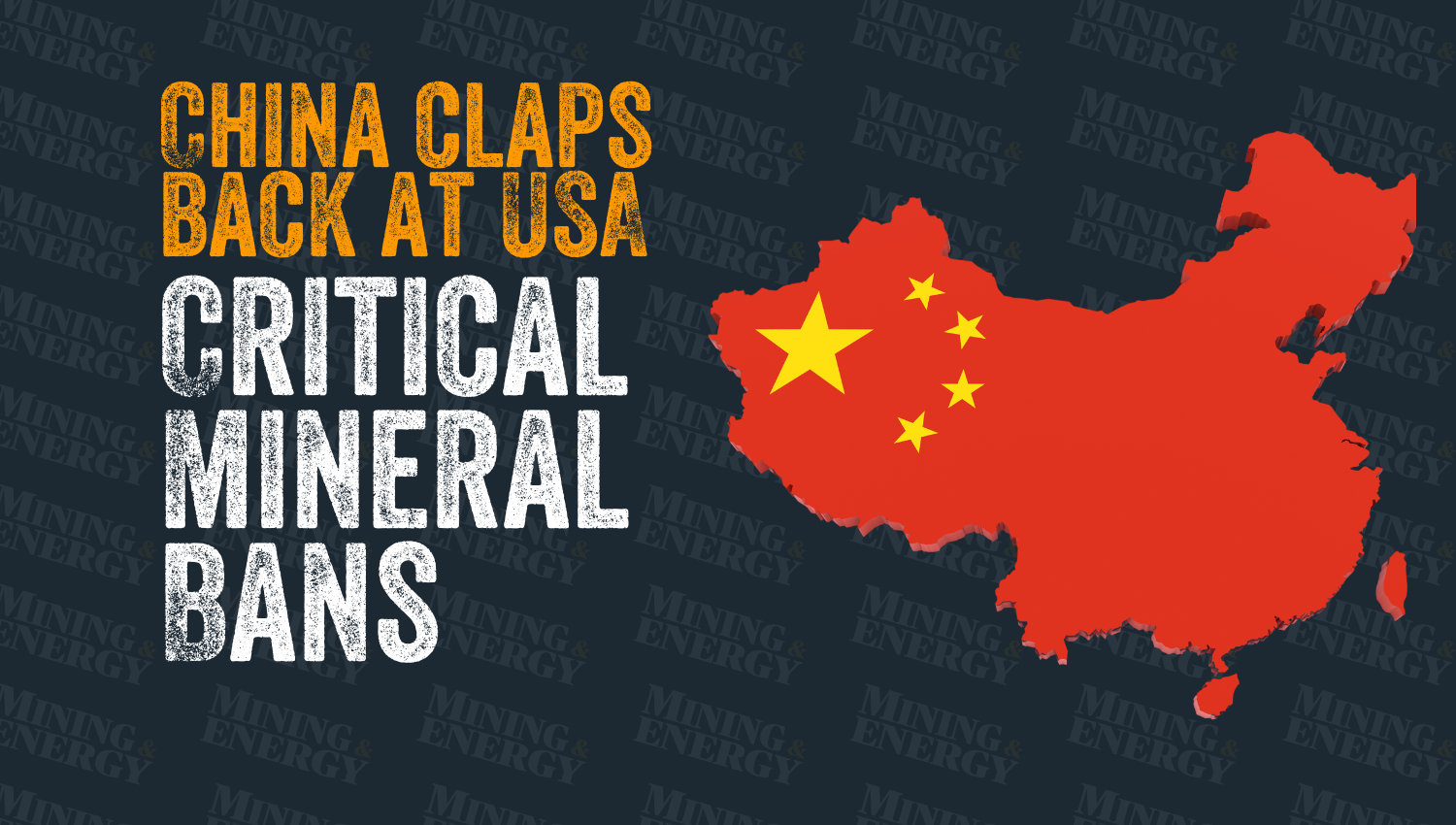An update on the Reed Copper Mine project
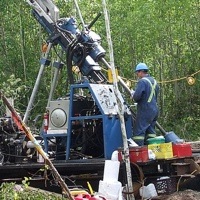
1 of 3The VMS Ventures team on site during the exploration phase of Reed Copper. — Photo courtesy VMS Ventures2 of 3The Reed Copper mine site in the F
1 of 3The VMS Ventures team on site during the exploration phase of Reed Copper. — Photo courtesy VMS Ventures
Rick Mark, CEO of Vancouver-based VMS Ventures Inc., calls the Reed Copper Mine project in Manitoba a key asset in the company. VMS Ventures discovered the Reed Copper project in 2007 when the market was bullish and timing was everything.
“If you look back at the stock charts, our price went as high as $1.70 or so,” said Mark. “We were fortunate we had put our exploration game plan in place in late 2006 and our money-raising efforts in early 2007 into drilling that summer.”
Most previous discoveries in the Flin Flon Snow Lake VMS belt were in the northern part of the belt, mainly because the southern portion is covered by limestone.
“That meant you couldn’t walk on the rock and see evidence of mineralization,” said Mark. “We had the idea and the expertise to use geochemistry to see through that limestone cover."
The company employed a new technology, versatile time domain electromagnetic (VTEM), which involves a helicopter dragging a loop close to the ground and sending signals into the earth that respond to conductive bodies.
Previous airborne electromagnetic (EM) technologies used fixed-wing aircraft flying faster and at a higher altitude, resulting in less specific, less accurate data.
“Now we were flying lower and slower and with improved technology and computing power,” said Mark. “We used $3 million to fly the entire area in 18 months and we discovered many, many anomalies previously unseen.”
The second hole drilled in 2007 nipped the corner of what appeared to be high-grade copper mineralization. One hole later, there was clearly evidence of very high-grade, near-solid sulphide mineralization.
“We were advised to release this visual information ahead of assays, so we went to the TSE and showed them the pictures of the Reed core,” said Mark. “The stock traded up and volumes increased. When we finally announced assays of 10 metres of 10 per cent plus copper, the stock traded 18 million shares in an hour and made its way to that $1.70 range. It was exciting and gratifying.”
In July 2010, VMS Ventures successfully negotiated an agreement to develop the mine with Hudbay Minerals, the company’s operating partner on the property and the major mining company in the area. Hudbay brought both financing and expertise to the joint venture, which leaves VMS with 30 per cent of Reed and carried to production.
“Discovery can burden a company if the costs of mine development are too high,” said Mark. “Our JV agreement allows shareholders to look at future cash flow coming without fear of losing the project to cash calls while the mine is still being built. Most important to the project’s economics is its low capital expenditure due to its high grade, (its) proximity to the surface, and being just 100 metres from a road to Flin Flon."
In November 2013 the Reed Copper Mine surpassed 2,000 metres of total underground development and completed 85-metre-level ore development from zones 30 and 20, with production of 13,154 tonnes of ore. That same month two ventilation raises from the 85- to 50-metre level were completed, with commissioning of the main fresh air ventilation 600-horsepower fan on the 50-metre level.
December saw continued ramp development down to the 135-metre level and pre-production development at the 110-metre level—with everything remaining on time and on budget. Commercial production is expected for the second quarter of 2014.
“The world needs copper, with growing urban centres in China and other developing economies—plus, it’s an important component in hybrid car technology and even has new uses in today’s operating rooms,” said Mark. “We are watching the copper price closely and our shareholders will benefit if we see it stronger in the second half of this decade.”
